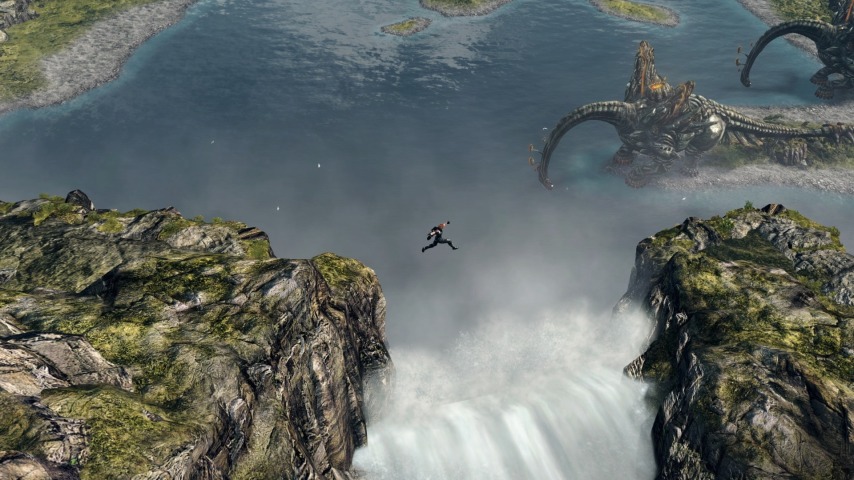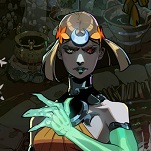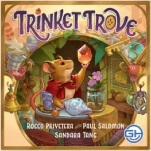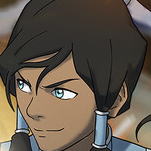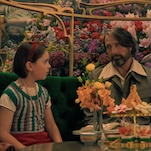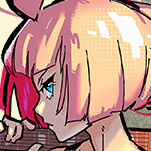Here’s a tip, if you’re in the mood to feel old as dust: Do what I did this week, and try re-reading a video game review you wrote one full decade of your life ago. And if you want to feel ancient and exhausted, might I recommend you make it Xenoblade Chronicles X? After all, there’s nothing like dipping back into a game ten years after reviewing it—with its new Switch remaster, Definitive Edition, having burnt a hole through 15 hours of my most recent weekend—only to find yourself wearily nodding along to points you made about it back in the distant days when the world was young and the Wii U was still a going concern.
That’s both to the good and the bad, by the way: The things that were gorgeous, unique, and amazing about XBC X back in 2015 are, if anything, only more obvious now that the game is running on modestly beefier hardware, giving its alien vistas room to show off. Few games have ever matched the sheer sense of scale of the alien planet of Mira, for instance, where a wayward humanity has crash-landed in the game’s opening exposition crawl. The sense of being stranded somewhere both beautiful and insanely dangerous persists even as you build up familiarity with the planet and its inhabitants, the vast majority of which will tower over your playable characters as you scramble around their feet, trying not to get noticed by beasts that could stomp you like a bug. One of the game’s cleverest touches remains the way it lets you feel like you’re slowly climbing your way up the local food chain: Having to hide from rampaging predators ten levels higher than you, only to come back hours later and show them who’s apex now is intensely satisfying. By mixing up non-hostile lifeforms with the stuff that actively wants to make you a snack, the game embodies values of exploration in a way you only usually get with something that’s more explicitly survival-coded, with the game daring you to push much further than you might expect in the interest of accomplishing even its earliest quests. Looking at a crowded jungle full of enemies that could one-shot your whole crew, and seeing not a wall, but a challenge of navigation and caution, is exhilarating.
As for the bad, I’ll admit to having slightly softened a bit. In that past review, I spent a fair amount of time lamenting how the developers at Monolithsoft doled out some of Xenoblade‘s treats at an incredibly slow pace, most notably the Skells, the giant mech suits the game starts showing you within its first two hours, but which it only allows you to take for a spin after entire literal days of jumping through hoops. Locking a major portion of the game’s play—Skells have all sorts of systems designed to support them, all of which you can see, but not touch, from Xenoblade‘s opening minutes— behind that kind of time-wall remains an incredibly bold choice, bordering on hostile. (In hindsight, it’s just one of the ways the game tries to mainline some of the feel of massively multiplayer online games, importing Mount Envy back into a mostly single-player experience.) But the contrast of that power curve feels more potent to me now, and its lower ranges more satisfying. With a more reflective mindset, I find that I like clambering through the gorgeously realized underbrush as the smallest of the small, staring up at mountains, trying to figure out how the hell I’m going to get atop them; it makes the sting of still being 20 hours out from just being able to jet up there in a flying tank bite a little bit less.
Plus, if I’m out exploring in the world, I’m not reading or hearing the game’s writing, which I regret to inform you remains as absolutely abysmal now as it was back during the late Obama era. (I haven’t gotten to the new story content added to the Definitive Edition yet, but I’m not optimistic that it’ll be any better.) Here, at least, I can confidently say Xenoblade Chronicles X has only aged for the worse, as it luxuriates in slow, stilted dialogue scenes filled with stock characters, lobbing glacially paced and repetitive jokes at each other in between portentous monologues about the meaning of teamwork. (Do you like anime joke characters who exist only to blare shrill non-comedy punchlines at the nine-year-olds in the audience? Boy, have we got a Tatsu for you.) The irritating thing about this total failure of screenwriting remains the fact that the story Xenoblade Chronicles X is telling is actually interesting, raising intriguing questions about consciousness and survival. But it’s not a good sign when I’m still catching myself hammering the A button in the midst of cutscenes ten hours into a game, desperately hoping a “skip to the end of the line” command will suddenly, spontaneously manifest itself despite all evidence to the contrary.
So: A decade later, we remain caught in the paradox of one of gaming’s coolest worlds, married to one of its most aggressively mid-to-depressing scripts. Xenoblade‘s breakpoint, then, remains its combat, and that’s the part that has the biggest swing to it. The basic concept remains fascinating, as you spend fights desperately managing a hotbar full of actions on various cooldowns, setting up combos, responding to NPC requests for specific moves, and frenetically trying to get into the proper position to exploit the weaknesses of your detailed and gorgeously ugly foes. The effect is initially fast-paced and exciting, to the point that, in the early going, I found myself raring to get back out into the wild just to try out new attacks. (And escape the dialogue, but that dead horse is probably beaten past the point of recognition at this point.) But Xenoblade‘s combat only gets more sedentary as your most effective builds solidify, to the point that—not unlike many of the MMOs it replicates—I find myself executing the same basic algorithm in 95 percent of fights at this point. I also, ten years after that initial shrug, still find myself unhappy with the speed of fighting, which is somehow both too slow and too fast: Enemies take forever to wear down, but individual actions move so quickly that it can be difficult to respond with appropriate counters. The worst part of this speed remains the way it makes your fellow party members feel meaningless: I genuinely have no idea what my teammates are doing most fights, because I’m too busy flicking through my bar to execute my simple combos, and the strategy that feels like it could blossom here never seems to actually manifest. Maybe that’s just a skill issue, but if it is, it’s the kind that keeps this low-skill player avoiding combat he once found thrilling.
And yet, despite my complaints, what I’ve ultimately come away with from this interplanetary stroll down memory lane is this: Ambition is that element of game design that is the hardest to copy, and the easiest to invite forgiveness. Ten years after its release, there’ve been games that have replicated the genuinely coolest things about Xenoblade Chronicles X. (If you told me that no one who worked on the world design of The Legend Of Zelda: Breath Of The Wild had ever spent time with these vast vistas of “How the hell do I get over there?” I’d be genuinely shocked.) But very few games have ever tried to work at this level of both detail and scale. Mira remains unmatched as a space to explore, a world that feels breathtakingly alive and hostile and glorious; a planet where cresting a hill to see the next view spread out before you remains its own shining reward. Xenoblade Chronicles X wasn’t a perfect game before, and a decade of time hasn’t magically made a perfect game of it since. But it is singular, and singular has only gotten more precious to me as the years have gone by.
